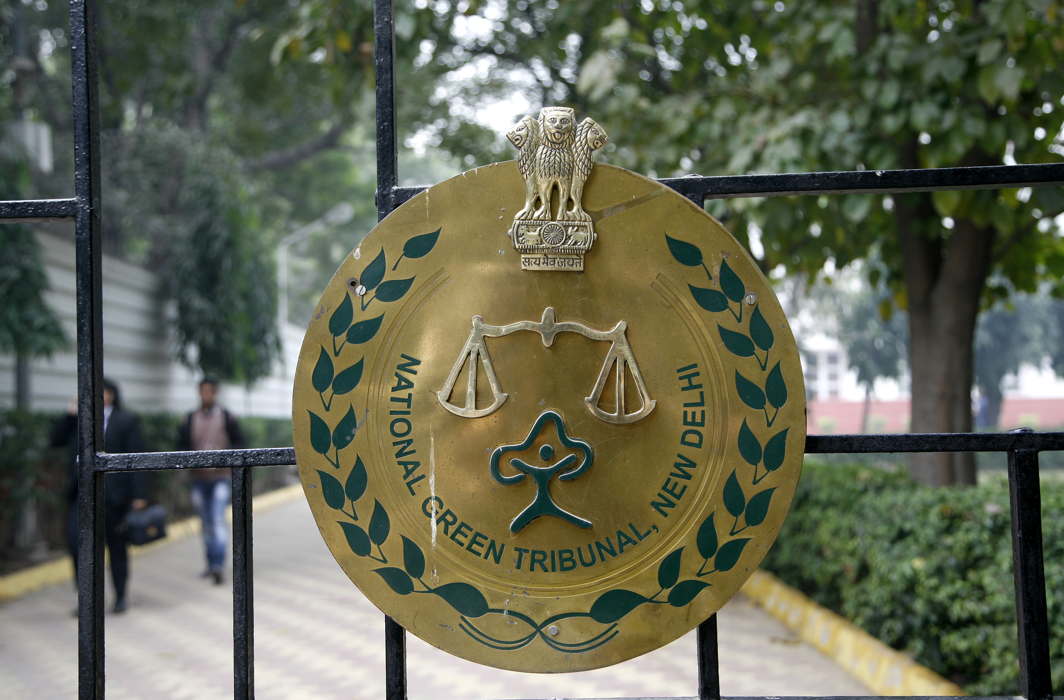The Madurai Bench of the Madras High Court has put an interim stay on an office memorandum issued by the Ministry of Environment, Forest, and Climate Change (MoEFCC).
The memorandum upholds a course of action to grant post facto clearance to projects that have come up without environmental clearance under the Environmental Impact Assessment (EIA) notification, 2006, reported The Hindu.
This order came as a result of public litigation filed by the activist R. Fatima of Thoothukudi. The Division Bench consisted of Justices T.S. Sivagnanam and S. Ananthi. The petitioner challenged the memorandum of July 7 which the MoEFCC released in the form of a Standard Operating Procedure (SOP).
The memorandum was released as a response to the order from the National Green Tribunal to place penalties and an SOP for green violations.

Though the memorandum takes action against the violators of projects which have not gotten environmental clearance, at the same time it also grants them a provision to pay a fine and get a post facto environmental clearance which is not in the law.
The law only allows projects with prior clearance and this is not a part of the EIA notification of 2006. Moreover, this memorandum will provide a “back door entry to the violators”, said R. Fatima.
Environmentalists have raised a wake-up call against the memorandum as well. They believe that the memorandum ‘normalizes post facto regularisation of violations’ – in which violations are first committed and then the project proponent files for clearance by which they ‘are let off by paying a penalty,’” wrote The Indian Express.
By using the memorandum as a tool, the violators can get permits even by going against the EIA-issued mandate. And this would normalize the process of violations and getting permits for it.
The EIA bears significance as it is in the benefit of nature and ensures sustainable development with optimum utilization of natural resources.
Its role was to “identify, examine, assess and evaluate” the possible environmental menace that a project could cause and whether allowing it is feasible for the environment or not, added R. Fatima.
According to the analysis of the memorandum by Jayashree Nandi for HT Times, she writes that only projects which are absolutely out of bounds and is in complete violation of the environmental norms or could have never possibly gotten the permission would be scrapped off or demolished.
However, it is giving way to the projects which it categorizes as “permissible” with certain criteria.
- Fatima added that environmental clearance is granted after assessing all the risks by following the criteria mentioned in the EIA. It was necessary that the process of assessing the dangers of the projects on the environment happened prior to the commencement of the project. The ex-post facto clearance was something strange and eccentric to the environmental jurisprudence, she said.
Environmental experts also raised their suspicion that the rules of this memorandum are similar to the objectionable clauses of the draft Environmental Impact Assessment (EIA) of 2020. It received around 2 million comments and criticisms. The provisions coincide with the violation provisions under the EIA said the HT Times in its report. So if it is an alternate measure to functionalize those clauses is a big speculation.
Post facto clearance was against the principles of natural justice, and the right of the people to think about the sustainability of the environment by protecting it.
If this was allowed to happen, it would have caused more damage to the environment than one can imagine. Moreover, it was also violative of the Environment (Protection) Act, 1986, the petitioner said.
Also Read: Leaked UN Report Warns Of The Upcoming Devastating Climate Crisis